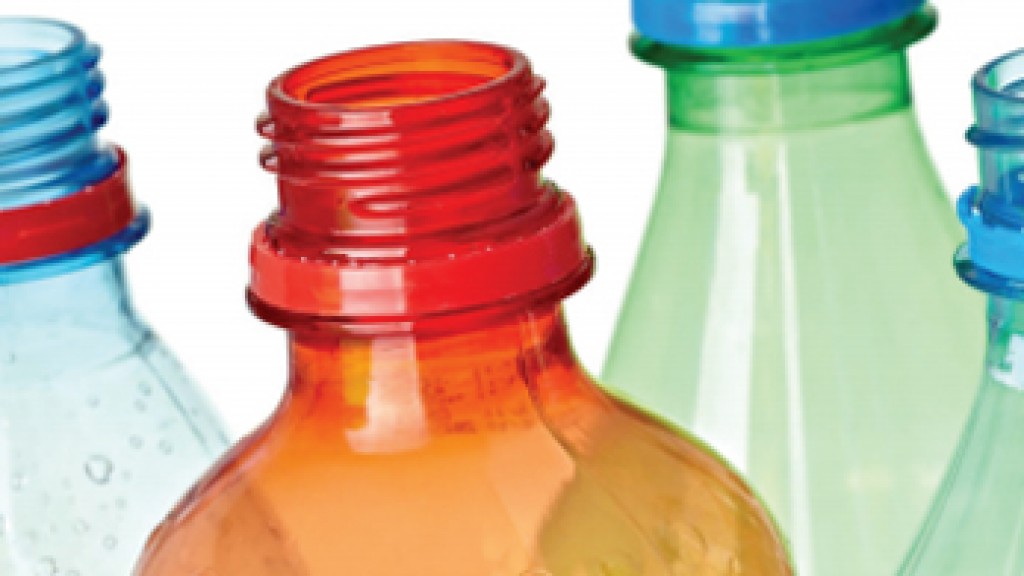Resources - Blog
New Year, new resource efficiency competitions

This blog was originally posted on the _Connect site, January 7, 2013, written by John Whittall, Lead Technologist in Resource Efficiency at the Technology Strategy Board.
Now the return to work for most is fully underway I thought it would be a good time to briefly review some of the forthcoming competitions in the resource efficiency space. In particular, I wanted to talk about 3 competitions: the second round of our New designs for a circular economy competition, a forthcoming ERANet call, and our plans for a joint resource efficiency / materials competition from TSB later this year.
The background to the Design competition will be familiar to anyone with an interest in resource efficiency but is worth recapitulating here. We’re falling far short (at a European, even global level) of the improvements in environmental performance we need to meet sustainability goals, given the increasing consumption patterns of a growing population and burgeoning global middle class. Businesses are feeling the pain of high resource prices, even the risk of key materials not being available, and recognise the economic imperative to use resources much more intelligently. What’s required, as many companies have recognised, is a different model, moving away from our currently linear model of production and consumption (take/make/dispose) to much more circular models of consumption, whereby the same material resource is used for many (sometimes different) product lives, and then recovered in efficient recycling streams.
It all starts with design, with as much as 80% of environmental impacts being locked in at design stage. But there are real issues in terms of how designers talk and work with companies, and how to bring on board all the different voices (design, engineering design, materials, manufacturing, the end-user – the list goes on) to make this profound change happen. So this competition is about helping companies and designers working together – bringing all those other necessary perspectives – to step back from day to day constraints and think quite fundamentally about the design brief, and how that should be changed to reap the greatest economic benefits within a circular economy model.
Sounds simple enough – but actually it’s really difficult to get all those players involved, so we’ve put together lots of resources to help inspire, guide and support applicants to this competition. A dedicated _connect page brings access to over 200 like-minded individuals and a wealth of resources. We’re working with the RSA through The Great Recovery – it’s a great place to meet designers and all kinds of creative folk. Check out the videos from the workshops and events from the first phase of the competition. It’s also the place to sign up one of our forthcoming workshops, taking place at Caterpillar Remanufacturing in Shrewsbury and Sheffield Hallam University – with more events to be announced soon.
The 8th January will see the formal launch of the second joint call of the EcoInnovera network, with funding of up to €11m available from 12 funding partners under 3 topics:
- Topic 1: System innovation
- Topic 2: Sustainable processes and products
- Topic 3: Recycling; re-use of waste and water
The Technology Strategy Board is participating in each of these areas, and we can in principle fund companies up to 250k€ for up to 50% of eligible costs. Projects should be international with a minimum of 3 partners, drawn from a minimum of 3 countries; where one of the partners is an SME, the requirement is a minimum of 2 partners, drawn from 2 countries. Overall, it’s a broad canvas with the scope ranging from high impact (Factor 4 improvements as a benchmark) projects in topic 1, clean manufacturing processes in topic 2 and materials recovery in topic 3.
For more information- to understand what exactly we mean by system innovation and the other topic areas of the call, see http://www.eco-innovera.eu/second_call
Finally, at an advanced stage of planning, we envisage a joint CR&D competition between the resource efficiency /materials programmes at TSB. We’re working through the details, but the scope will comprise 3 main challenges:
- Materials technology innovation supporting the development of products and services for a “circular economy”
- Technologies for the processing / reprocessing of materials with reduced environmental impact (in terms of energy or other impacts)
- The substitution/reduction of materials which are scarce, difficult to source, expensive or deleterious to health and the environment and/or the use of which may be restricted through future regulation or legislation (e.g. REACh).
More on each of these soon.
John Whittall





